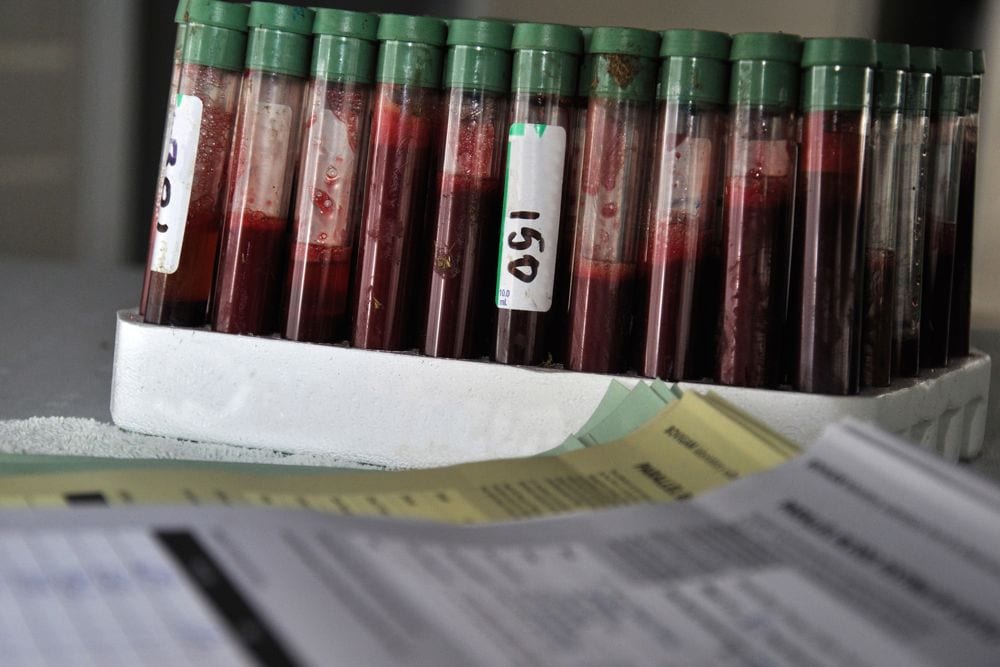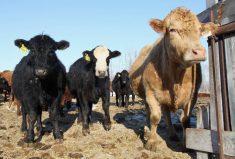The “trace-in” phase of Canada’s latest bovine tuberculosis (TB) investigation has ended with just four cattle from one British Columbia herd testing positive for the disease.
The Canadian Food Inspection Agency last week announced all on-farm testing has been completed in its probe, which dates back to November 2018 when lab tests confirmed TB in an animal that was traced to a farm in the province’s southern Interior.
Three more TB-infected cattle were later found in that cow’s herd, which has since been “depopulated.” The farm has since resumed operations on parcels where cleaning and disinfection were completed, CFIA said.
Read Also

U.S. livestock: Cattle strength continues
Cattle futures on the Chicago Mercantile Exchange were stronger on Friday, hitting fresh highs to end the week.
The agency’s “trace-out” probe — the phase in which all herds that received animals from the infected herd in the previous five years were tested — followed on 15 other B.C. cattle herds, 22 in Alberta and the one in Saskatchewan, but wrapped up last June with no further cases found.
The “trace-in” part of the probe — to identify animals that may have been the source of the infection — started last fall and ran through the winter, with testing on 20 herds from which animals had been introduced to the infected B.C. herd over the previous seven years.
None of those herds are still under movement controls, CFIA reported last week.
All four infected animals from the B.C. farm carried the same strain of bovine TB, which CFIA previously said is distinct from any cases previously detected in Canadian wildlife or domestic livestock. The strain was unrelated to past cases of bovine TB seen in Alberta, B.C. and anywhere else in Canada.
The U.S. Department of Agriculture has also confirmed the strain was never previously identified by its laboratory service, CFIA said.
CFIA also ruled out the unusual strain from its most recent previous investigation — which involved six cattle that were confirmed infected in 2016 from a southern Alberta operation, and led to tests on over 34,000 animals from over 145 farms across the West.
That probe, which cost $42.8 million in compensation for almost 12,000 animals ordered destroyed, plus up to $16.7 million in related AgriRecovery aid, closed in May 2018 with no “definitive” source of infection ever identified.
The TB strain in that case was found only to be “closely” related to a strain seen in cattle in central Mexico in 1997. CFIA said in 2018 it planned to look at “possible entry pathways” from outside the country, to see if “further preventive measures” could be taken.
CFIA has previously emphasized there was no risk to Canada’s food supply or to human health from the B.C. case, and that no part of the index cow ever entered the food chain.
Human exposure to bovine TB can only occur through the passage of fluids from an animal to an open skin sore, through “extended close contact” with an animal with active respiratory TB or by drinking unpasteurized milk from an infected animal.
Bovine TB can lie dormant in infected animals for years without causing symptoms — which is why both the trace-in and trace-out probes checked out animals that could have been in contact with the infected cattle over at least the previous five years. — Glacier FarmMedia Network














